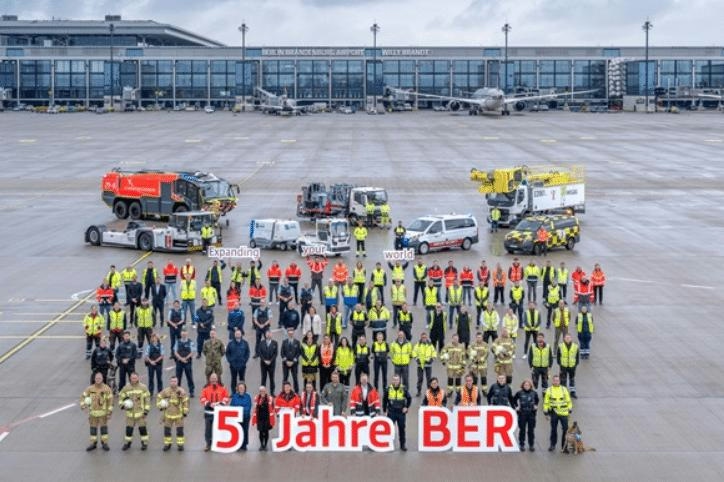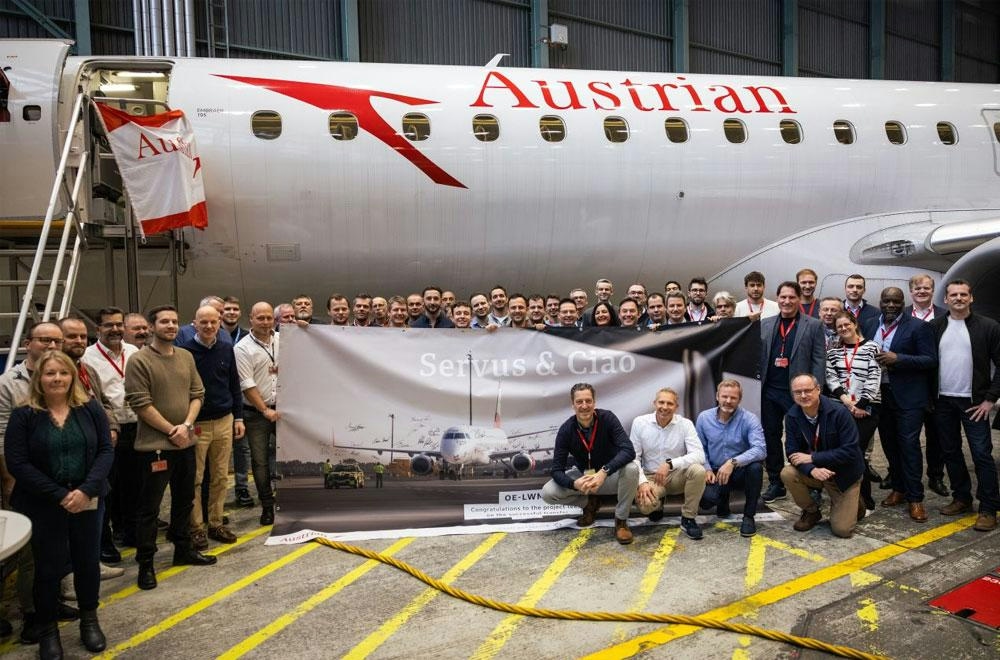
AeroGenie – Ihr intelligenter Copilot.
Trends
Categories
BER Marks Five Years with 100 Million Passengers and Digital Advances

BER Marks Five Years with 100 Million Passengers and Digital Advances
Berlin Brandenburg Airport (BER) is commemorating its fifth anniversary, having welcomed over 100 million passengers since its inauguration in October 2020. In a relatively short period, BER has established itself as a modern, efficient, and financially autonomous gateway serving the German capital region, navigating the ongoing challenges faced by global airports in the post-pandemic era.
Growth and Operational Milestones
Since the commencement of operations at Terminal 1 and the subsequent opening of Terminal 2 in March 2022, BER has developed into a high-capacity international hub. The airport has managed more than 800,000 flights, processed 50 million pieces of luggage, and handled 200,000 tonnes of freight. On 17 October 2025, BER set a new daily record by processing over 100,000 passengers. Currently, the airport hosts 70 airlines connecting Berlin to 150 destinations worldwide, including key long-haul routes to cities such as New York, Toronto, Beijing, Dubai, Jeddah, Doha, and, starting November 2025, Abu Dhabi.
Aletta von Massenbach, CEO of Flughafen Berlin Brandenburg GmbH (FBB), emphasized the airport’s steady progress, noting that BER has been generating operating profits since 2022 and is advancing toward full financial independence. She highlighted strengthened airline partnerships, an expanded route network, and continuous improvements in the travel experience driven by innovation and resilience. Employing over 20,000 people, BER has become a significant economic engine for the region.
Digitalisation and Service Enhancements
BER has rapidly integrated automation and artificial intelligence technologies to optimize operations and improve passenger convenience. Among the notable innovations are the BER Runway system, which facilitates smoother security processing through optimized time slots, and BER Biometrics, a facial-recognition access system enhancing security and efficiency. The airport operates more than 120 self-service check-in and baggage machines utilized by 20 airlines, alongside 24 advanced CT scanners that now cover two-thirds of passengers, expediting security checks. Additionally, BER is the first German airport to deploy AI-based aircraft handling monitoring on the apron, further underscoring its commitment to technological advancement.
Sustainability Initiatives
Sustainability remains a core component of BER’s strategic vision. Since 2010, the airport has achieved a 50% reduction in CO₂ emissions. It currently operates three photovoltaic systems supplying renewable electricity, with plans for further installations by 2030. Upgrades to LED lighting in Terminal 1 alone result in annual energy savings exceeding one million kWh. BER holds a Level 3 certification under the Airport Carbon Accreditation program and continues to expand its environmental initiatives to reduce its carbon footprint.
Recognition and Industry Context
BER’s accomplishments have garnered international recognition, including the Skytrax World’s Most Improved Airport award and a 4-Star Airport Rating in 2025, alongside accolades for digital innovation and security performance. These achievements come amid a complex global aviation landscape. According to Justin Erbacci, Director General of Airports Council International (ACI) World, while airports like BER have surpassed pre-pandemic passenger volumes, global airport revenues remain below 2019 levels, and infrastructure development is struggling to keep pace with rising demand. Other airports, such as Birmingham Airport and Kuwait International Airport, are investing heavily in expansion projects, including new runways and control towers. Growth patterns remain uneven across regions, influenced by emerging markets, geopolitical developments, and broader macroeconomic factors.
In this challenging environment, Berlin Brandenburg Airport exemplifies digital transformation, operational resilience, and sustainable growth, positioning itself among Europe’s leading airports as the industry adapts to a rapidly evolving landscape.

PCC Approves Acquisition of Global Aircraft Leasing Firm

Inside Vietjet’s 32-Hour Emergency Response to Keep Airbus Fleet Operational

Frontier Airlines Airbus A321neo Returns to Cleveland After Engine Fire

Why the Boeing 777X Is Limited to a Single Engine Type

Malaysia Aviation Group Announces Long-Term Business Plan

TrueNoord Expands Executive Team

Hartzell Launches Sky-Tec Starter Line

Boeing 777 Engine Failure Reported at Dulles Airport

Austrian Airlines Transfers Embraer Fleet to Air Dolomiti
